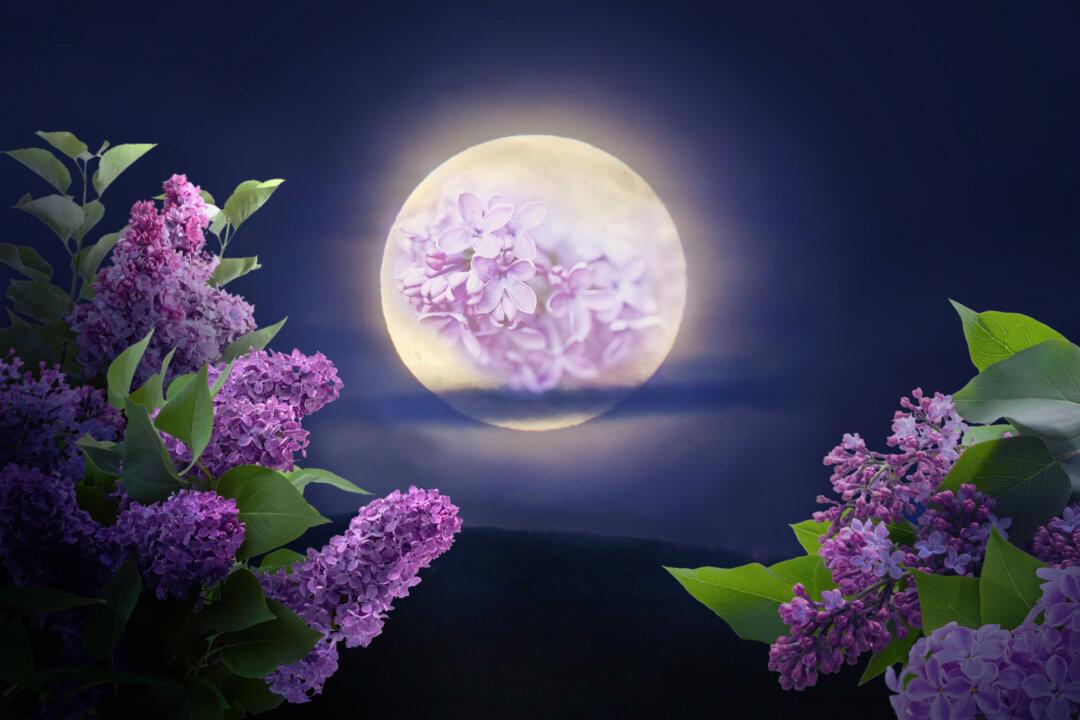The crackle and pop of freezing tree boughs broke the muffled silence in the hoarfrost-laden forest, the full Cold Moon shining down silver upon the snow. The “Cold Moon” was what many Native American tribes called the full moon that rises in December, associated with some of the coldest temperatures of the year in the dead of winter. December’s full moon still bears that traditional name.
This year, the full Cold Moon will appear smack in the middle of the month, giving rise to a rare phenomenon, a “black moon.”

On Dec. 15, at exactly 4:02 a.m. EST, the Cold Moon will reach maximum illumination, its point of technical fullness. Fortunately, that’s a Sunday, so rising early or staying up for some late-night moon viewing shouldn’t be a problem for most. The nights of both Dec. 14 and Dec. 16 will have moons that look almost full.

The Cold Moon is among a plethora of moon names that stem from Colonial and Native American heritage. The nights in December are the longest of the year, and the winter solstice has the longest night of all. Hence, the Mahican and Oneida tribes called this moon the “Full Long Nights Moon” or “Long Night Moon.” And of course, there are many more moon names alluding to the season in some way.
This December’s lunar cycle will also sport a strange phenomenon that rarely appears. The full Cold Moon falls squarely mid-month with long enough stretches before and after to enjoy not one but two new moons—one at the month’s start and one at the end. Having two new moons in one month is called a “black moon.” It’s an interesting phenomenon, but it’ll be invisible in the daytime sky.
But let’s not dwell in darkness under the black moon for too long; bright times will arrive around the month’s end for December hosts the most wonderful time of year! There are plenty of moon names that reflect this joy-filled fact. Christmas gave rise to the European title of “Christmas Moon,” and it’s also been dubbed the “Moon Before Yule.” So, come mid-December, sing a festive ballad in the pale radiance of the full moon. Oh, the weather outside is frightful, but the Christmas Moon is so delightful!








